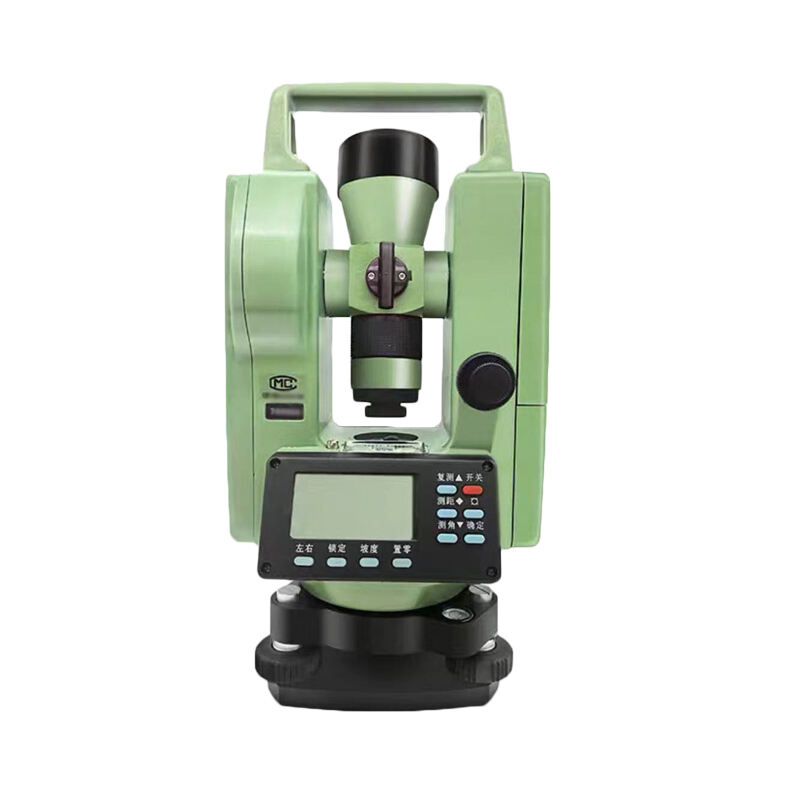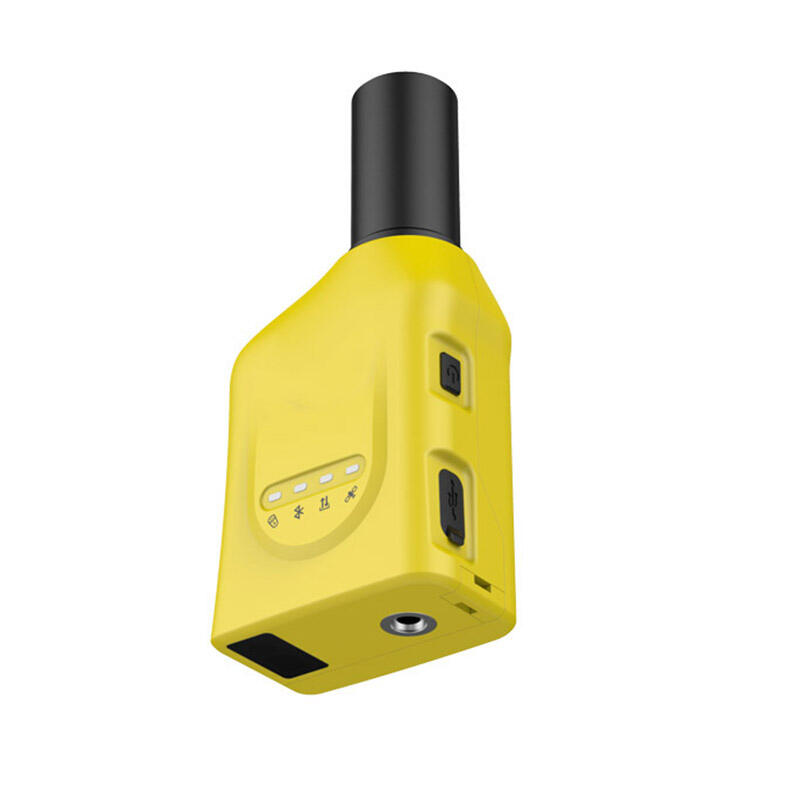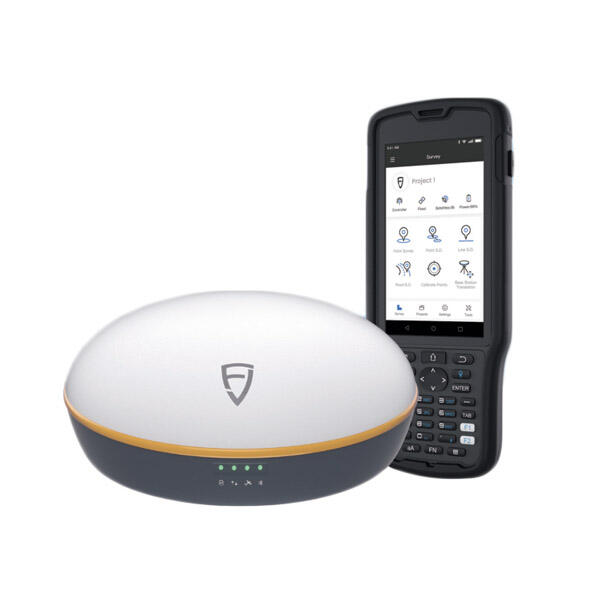gps rtk precision
GPS RTK (Real-Time Kinematic) precision represents a significant advancement in satellite positioning technology, offering centimeter-level accuracy for various applications. This sophisticated system enhances standard GPS functionality by utilizing a network of fixed ground-based reference stations that transmit correction data to mobile receivers in real-time. The technology works by comparing signals from GPS satellites with known fixed positions, enabling the system to eliminate common sources of error such as atmospheric interference, satellite orbit errors, and clock discrepancies. Operating on both L1 and L2 GPS frequencies, RTK systems process carrier phase measurements along with standard GPS code measurements to achieve remarkable precision. The system typically consists of a base station that remains stationary at a known point and one or more rover units that can move freely while maintaining high-precision positioning. Modern GPS RTK systems can achieve horizontal accuracies of 1-2 centimeters and vertical accuracies of 2-3 centimeters under optimal conditions, making them invaluable for applications requiring precise positioning and navigation.


